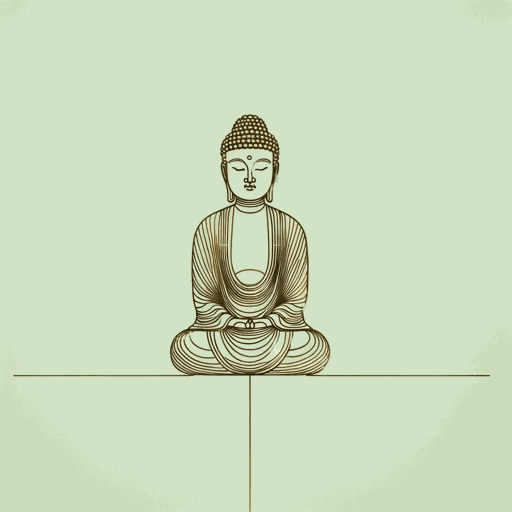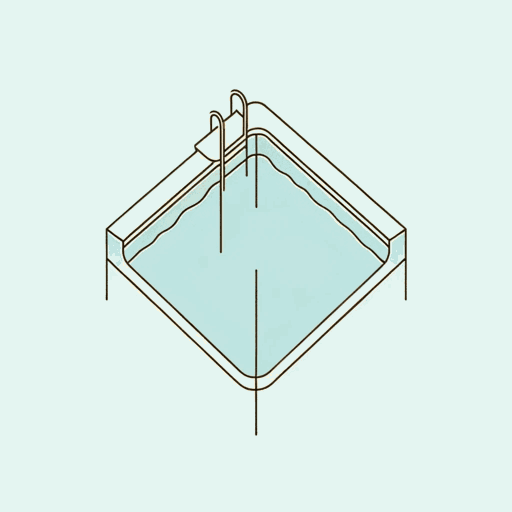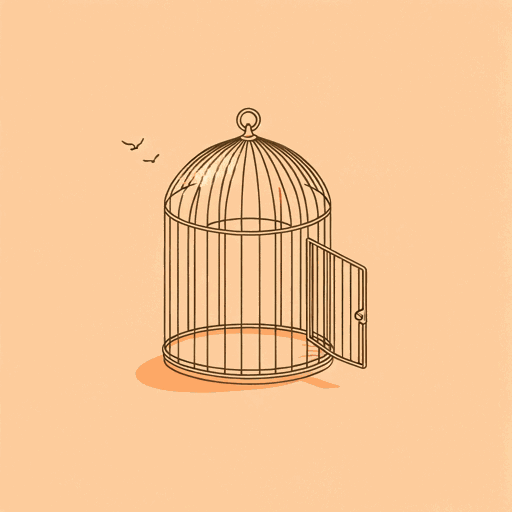61 pages • 2 hours read
Julie OtsukaThe Buddha in the Attic
Fiction | Novel | Adult | Published in 2011A modern alternative to SparkNotes and CliffsNotes, SuperSummary offers high-quality Study Guides with detailed chapter summaries and analysis of major themes, characters, and more. For select classroom titles, we also provide Teaching Guides with discussion and quiz questions to prompt student engagement.
Summary and Study Guide
Overview
Julie Otsuka is a Japanese American writer who was born in 1962 in Palo Alto, California. Both The Buddha in the Attic (2011) and her 2002 novel, When the Emperor was Divine, portray the Japanese American experience of internment camps following Japan’s attack on Pearl Harbor in December 1941. The subject is close to Otsuka’s heart; the FBI arrested her grandfather on suspicion of being an enemy spy, while her mother, uncle, and grandmother were interned at a remote camp in Topaz, Utah. The Buddha in the Attic depicts the internment camps as a culmination of the real-life experiences of the “picture brides”—young Japanese women who emigrated to early 20th-century America to marry men they only knew from photographs. The novel won the 2012 PEN/Faulkner Award for Fiction and was a 2011 National Book Award Finalist.
Otsuka published several chapters of the novel as stand-alone essays in the literary journal Granta. Critics have praised Otsuka’s style, with the Guardian critic Elizabeth Day commenting that the author writes “half poetry, half narration—short phrases, sparse description, so that the current of emotion running through each chapter is made more resonant by her restraint” (Day, Elizabeth. “The Buddha in the Attic by Julie Otsuka – review." The Guardian, 7 Apr. 2012. https://www.theguardian.com/books/2012/apr/08/buddha-in-attic-julie-otsuka-review. Accessed 10 July 2021.) Day also remarks that Otsuka has pulled off the challenging feat of a first-person plural narrative, which risks diminishing the reader’s ability to empathize with the subject matter. However, in Otsuka’s case, “she is able to make us care about the crowd precisely because we can glimpse individual stories through the delicate layering of collective experience.”
Plot Summary
The Buddha in the Attic begins with the boat journey taken by the young women who emigrated to America from Japan in the early 1900s as part of an arranged marriage market. The migrating women come from all parts of Japan but interact with one another and form friendships during the voyage. When they dock in San Francisco, they realize that the men awaiting them are older and shabbier versions of their photographed selves. It transpires that the women fell victim to the schemes of matchmakers, who lured them to America with the promise that they would marry silk merchants and reside in spacious homes.
Instead, after mostly discomfiting wedding nights in motels that are within their husbands’ price range, the women embark on lives of hard labor, working jobs that white Americans feel are beneath them. While many women work in the fields and live in tents and barns, some take jobs as maids, where their unassuming elegance makes them favorable to white mistresses. Others inhabit Japan Towns all over the Pacific coast and live entirely apart from the white people who run the country. Even after decades in the country, most know only a smattering of English words.
Without access to reliable contraception, the women have multiple pregnancies. They give birth and rear their babies in ways that minimally impact their ability to work. While the children initially protest, they soon learn to accept that their needs are secondary to those of their mothers’ employers. As the children enter school, English eclipses Japanese as their first language. The women feel estranged from these children who grow up bigger and louder than them, speaking a language they do not understand. Although the children are enthusiastically American, they are still conscious of their status as second-class citizens who are banned from certain venues and events because of their race.
After years of service to America, the women are shocked to find that following Japan’s attack on Pearl Harbor, they are now suspected of being traitors. The women wait anxiously as the authorities randomly accuse their husbands of being spies and take them away. As they become subject to curfews and movement restrictions, some of the women burn the artifacts they brought with them from Japan and stop speaking Japanese to demonstrate their loyalty to America. Nevertheless, the government rounds up all Japanese Americans and sends them to internment camps in mysterious locations all around the country.
While white Americans originally miss and wonder about their Japanese neighbors, within a year they get used to their absence, and their memories of them grow hazy; it seems as though the women never came to the country at all. Still, one woman insists on leaving her mark by planting a laughing brass Buddha statue in an attic, where it remains until this day.
Related Titles
By Julie Otsuka
Featured Collections
American Literature
View Collection
Asian American & Pacific Islander...
View Collection
Books on Justice & Injustice
View Collection
Books on U.S. History
View Collection
Fear
View Collection
Historical Fiction
View Collection
Immigrants & Refugees
View Collection
World War II
View Collection



